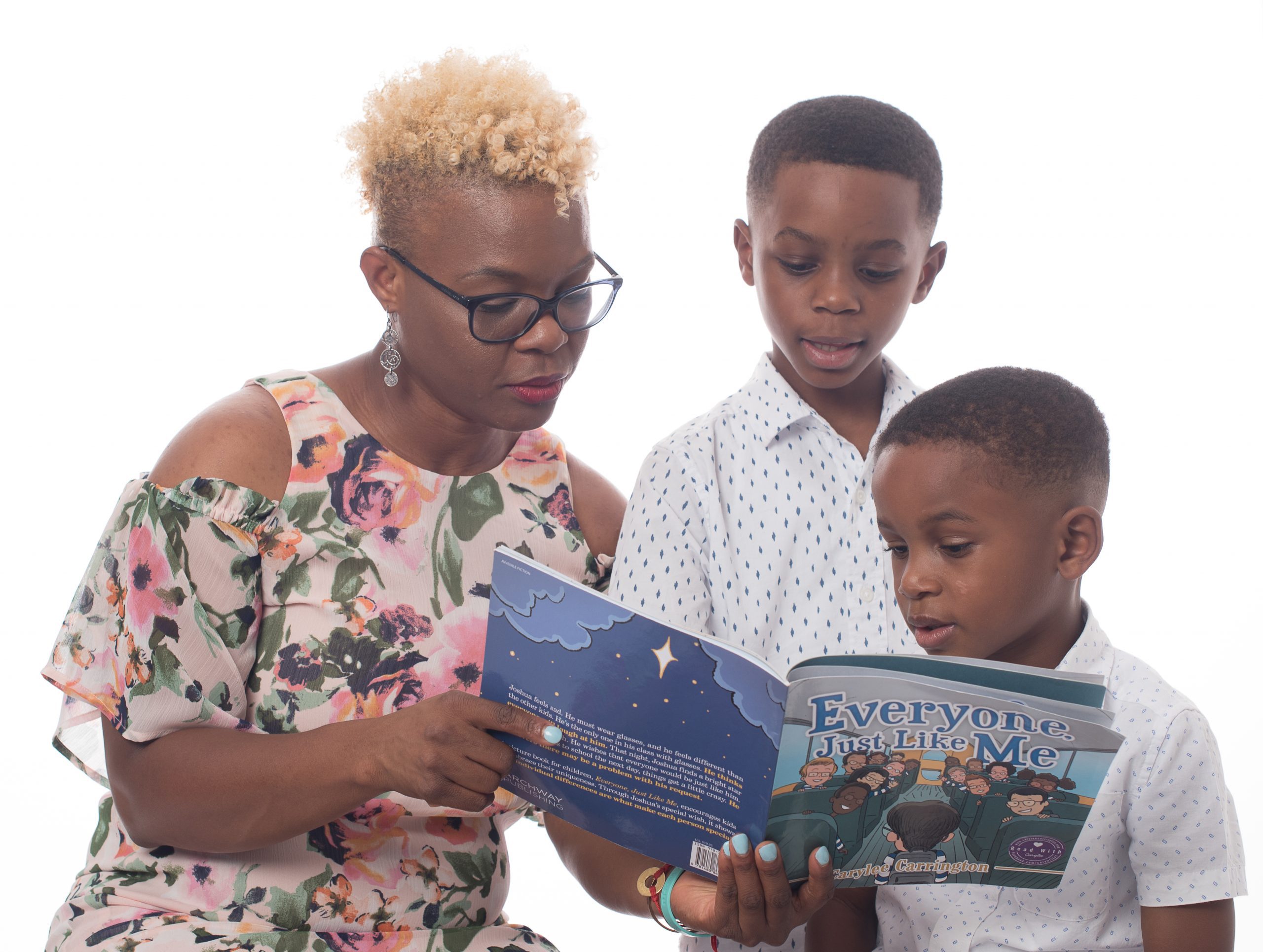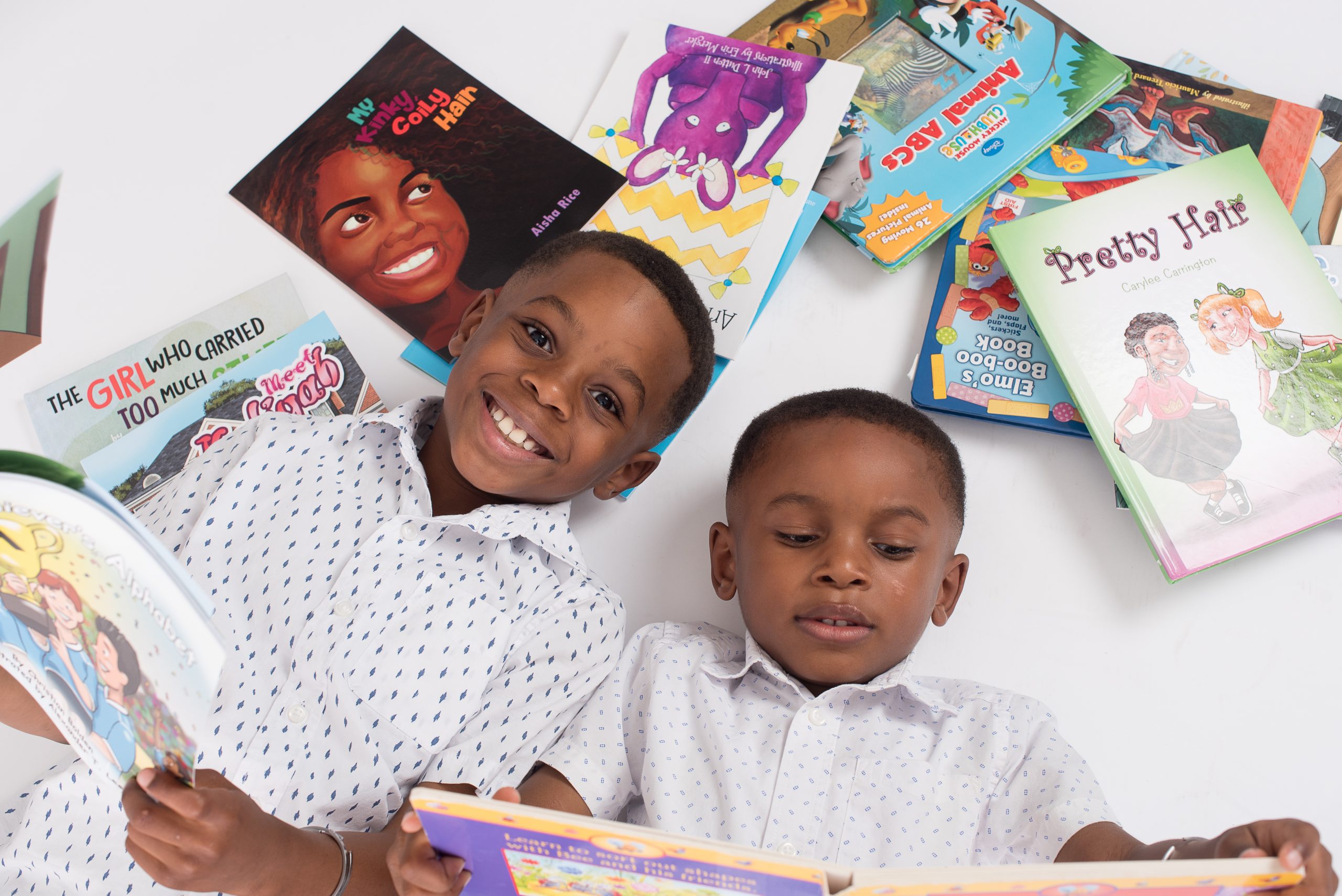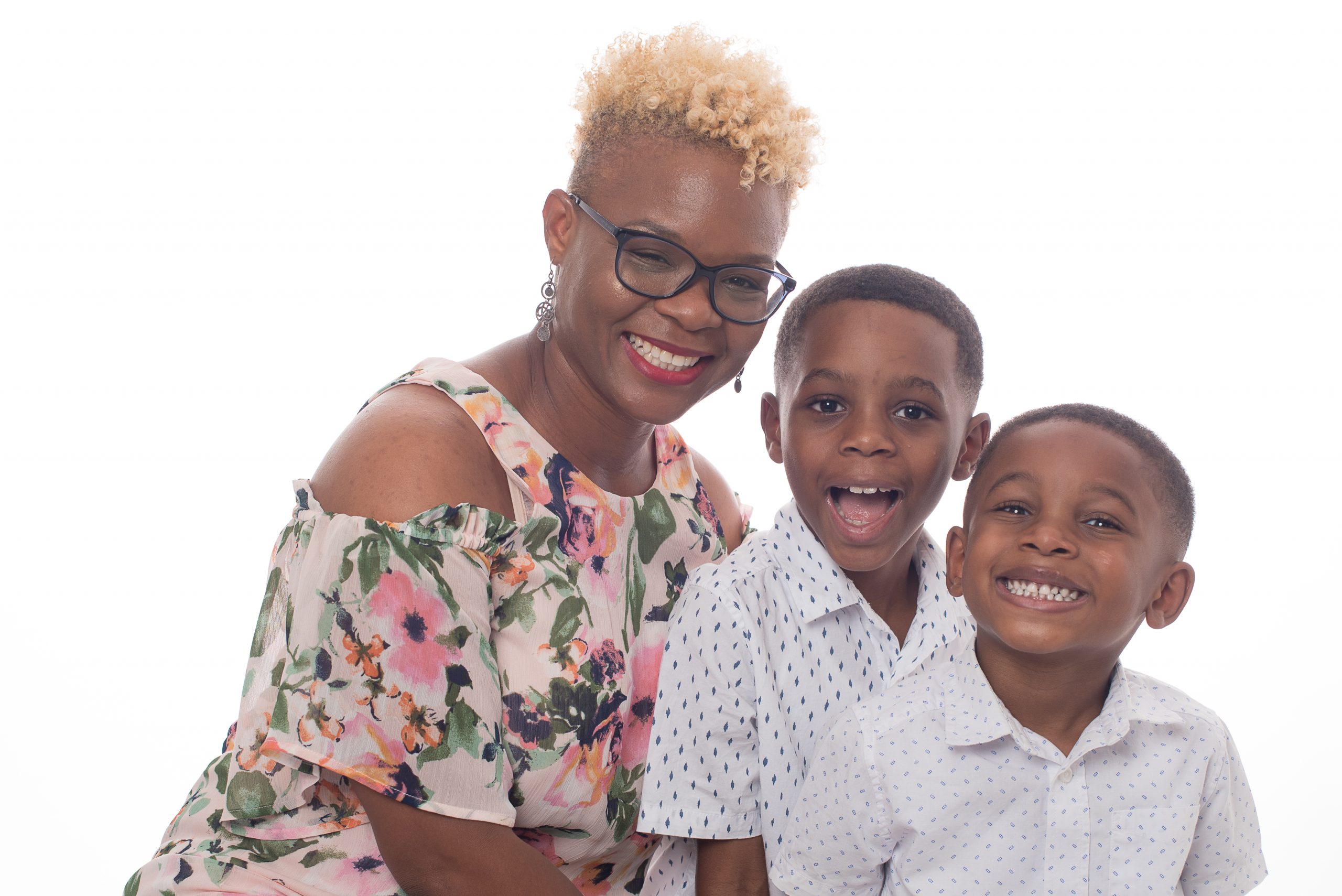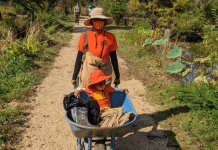Guest Author: Carylee Carrington
Children’s literature is not a topic that many may think about as an entity that is pivotal to our world. Those simple books of rhyming words and fairy tales may teach children to count, learn new words, or have adventures in imaginary lands. As unassuming as they may seem, those first books shape our minds and presets how we look at the world.
 When many think of fairy tales most think of Disney. Fairy tales may come true, it may happen to you, that is a theme of Disney. Disney has been a major influencer for children all around the world. In its stories, they have taught us what it means to be male, female, young, old, beautiful, monstrous, powerful, and vulnerable. We have been taught how to dream, who to trust and even how to manage interpersonal relationships. But, as I look at the stories that I grew up with from Disney, there are glaring omissions and even some troubling stereotypes that these stories project.
When many think of fairy tales most think of Disney. Fairy tales may come true, it may happen to you, that is a theme of Disney. Disney has been a major influencer for children all around the world. In its stories, they have taught us what it means to be male, female, young, old, beautiful, monstrous, powerful, and vulnerable. We have been taught how to dream, who to trust and even how to manage interpersonal relationships. But, as I look at the stories that I grew up with from Disney, there are glaring omissions and even some troubling stereotypes that these stories project.
 When you ask most adults today, what children’s books they remember, most may choose one from the Dr. Seuss catalog. You can hardly find an adult, or even a child who has never heard, “The Cat in the Hat.”
When you ask most adults today, what children’s books they remember, most may choose one from the Dr. Seuss catalog. You can hardly find an adult, or even a child who has never heard, “The Cat in the Hat.”
The Cat in the Hat, first published in 1957, was written as a more entertaining primer to replace, “Fun With Dick and Jane.” These primers were meant to be sold to schools to help teach basic philosophy, such as responsibilities, trust, social expectations and honesty.
Dr. Seuss has written many books that have shaped many minds, but with closer investigation in recent years, some books from the Dr. Seuss catalog have been removed and will not be republished. The foundation that bears his name has seen that some books have depictions that have negative racial connotations.
Disney and Dr. Seuss are staples in many homes and schools. Along with many of the classics that many may have grown up reading. As we look closer at these classics, we are finding that many reflect the times in which they were written. As we evolve as a people and as society strives to be more inclusive, so should those first books that mold the minds of our children.
 Over the past year, we have seen a big shift with parents and educators wanting to diversify children’s bookshelves. The hashtag “representastionmatters” has become a rallying cry for us to take a look at the content and inclusion needed in most industries. This has opened up the conversation to the lack of diversity that still remains in children’s literary resources. According to the latest data from the Cooperative Children’s Book Center at the University of Wisconsin, more than 40% of main characters in children’s books in 2019 were white, 12% were Black, and representation was even lower among other racial and ethnic groups.
Over the past year, we have seen a big shift with parents and educators wanting to diversify children’s bookshelves. The hashtag “representastionmatters” has become a rallying cry for us to take a look at the content and inclusion needed in most industries. This has opened up the conversation to the lack of diversity that still remains in children’s literary resources. According to the latest data from the Cooperative Children’s Book Center at the University of Wisconsin, more than 40% of main characters in children’s books in 2019 were white, 12% were Black, and representation was even lower among other racial and ethnic groups.
Seeing other races and cultures depicted in children’s books is not just for the children seen in those books, it helps everyone. It helps to dispel stereotypes and normalize how we see others in the world. We must look toward having children’s bookshelves more inclusive, not just for the months that are designated, such as African-American History Month or Spanish Heritage Month, but all throughout the year. It is important that we acknowledge and celebrate all children and their cultures, to ensure that we are creating a brighter future for all of our children. The change starts with us as parents, let’s make the change today!
 About the Guest Author
About the Guest Author
Carylee Carrington is a self-published author, with a passion for bringing the awareness of new authors. She proudly showcases new authors on her YouTube show, Read With Carylee. A Literary Change Advocate, she is championing to increase diversity for children’s bookshelves. Most importantly, she is mom to 2 amazing sons, who inspire her to do more in the world. Carylee serves as board member of Reading is Fundamental Northern Virginia and the Prince William County Arts Council.
Inspired by her own son to write her first children’s book, Carylee continues to inspire with her work as an advocate for children’s literacy. She credits her passion for reading and children’s literacy, to her mother, the late Dr. Norma McPherson, who was a Literacy Coach and kept her reading through her younger years.















This is a wonderful article that I hope will spark conversation about the need for ethnic diversity in literature. I hope that readers are motivated to find out how they can help bring about much needed change.
Comments are closed.